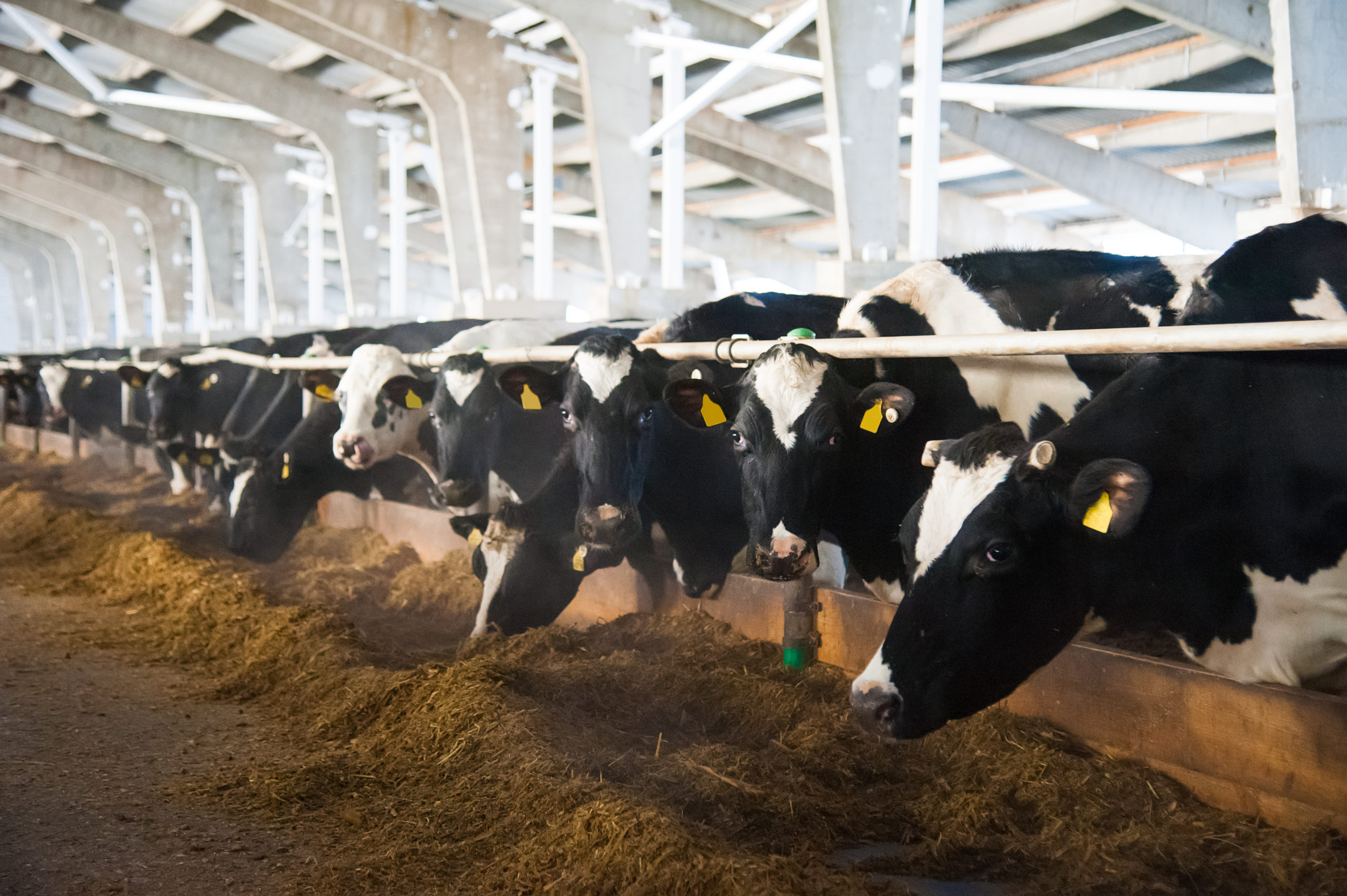Better Forage, Better Production
Midwestern BioAg was founded by a dairy nutritionist over 40 years ago with a single goal: Help dairies improve milk production from the ground up. By focusing on soil health, we’ve found ways to increase both forage yields and quality. That’s why we’ve stayed focused on the foundation of all farm success — soil health.
Our crop input products leverage the power of soil microbes to yield forages with higher levels of digestible fiber, protein and essential minerals such as calcium. On-farm and independent research trials prove that our livestock forage program can increase the quality and quantity of forages grown. As a result, milk production per acre rises, and out-of-pocket supplemental mineral costs decline.
Measuring Quality
Minerals
The availability of minerals from forages can be higher than the availability of minerals from a bag. Plants have a unique ability to transform inorganic minerals from the soil or fertilizer and change them into organic, highly available forms. Most forages are low in calcium and too high in potassium due to common imbalances in typical fertilizer programs. Midwestern BioAg recommends forage calcium levels of at least 1.5 percent and potassiums levels under 3 percent. Phosphorus and magnesium should both be at 0.35 percent or higher. When minerals reach these target levels, cows perform exceptionally well.
Protein
Protein use is optimized in the cow when forages contain a nitrogen-to-sulfur ratio of 10:1. To calculate the N:S ratio using forage test results, divide crude protein content by 6.25. Next, divide that number by sulfur content to generate the N:S ratio. Without available sulfur, forage crops cannot make the sulfur-containing amino acids cysteine and methionine. Under these conditions, forages can form excessive nitrates and incomplete proteins, which can negatively affect herd health. Adding sulfate sulfur to fertilizer helps plants form complete, available proteins.
Fiber
Fiber values in forage tests represent digestibility. As ADF increases, forage digestibility decreases. Neutral Detergent Fiber Digestibility (NDFD) is an estimate of the portion of NDF digested by rumen microbes over a period of time. Higher NDFD results in higher forage intake and better production. uNDF240 is a more precise analysis that measures and evaluates indigestible fiber (it is twice as accurate as measuring lignin). This is the amount of NDF in a feedstuff that will never be digested. uNDF240 has many uses in ration balancing, including rate calculations for NDF digestion (as an indicator of rumen fill and intake potential of a diet) and forage comparison.
Energy
Locked within digestible fibers are sugars. When forages grow with a proper balance of nutrients, they produce solid stems filled with white, fibrous material called pectins. Pectins are carbohydrates that break down into sugars in the rumen of the cow and provide energy. When calcium levels are high, pectin levels also increase, improving digestibility.

